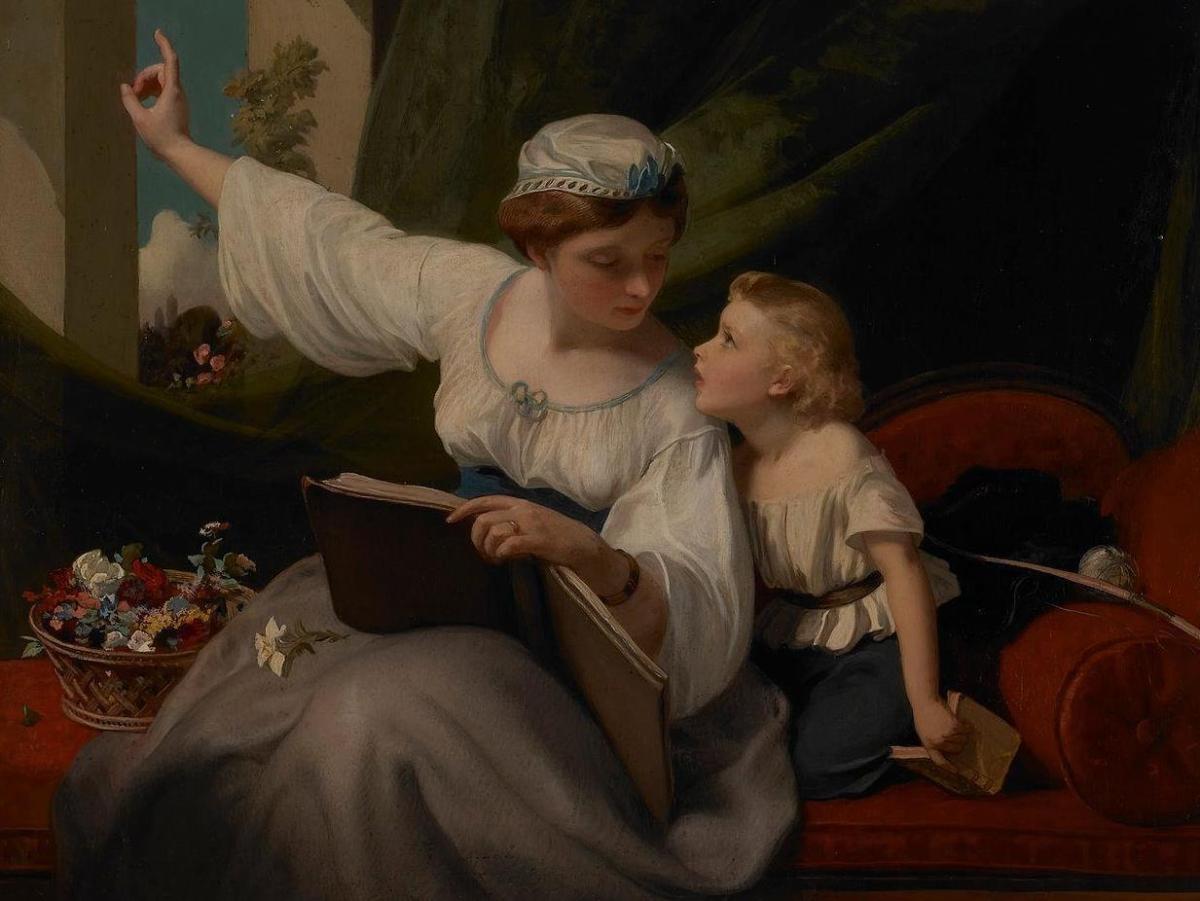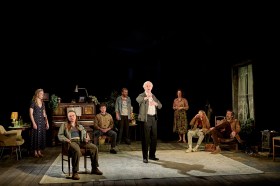James Sant, The Fairy Tale Image via Wikimedia
Filipino art superstar Jigger Cruz is the kind of artist often touted in the media as an ‘overnight success’.
According to a friend, Cruz got his big break by the chance event that is the stuff of many artists’ dreams. ‘Interior decorator and art manager Miguel Rosales had scheduled a show in Italy for the painter, Pow Martinez. Due to conflicts in schedule or contracts Martinez, informed Rosales that he couldn’t make it. While visiting Martinez in his studio, he chanced on JC’s works which were kept downstairs and so he offered the show to him instead.’
By 30, Cruz had had several international shows to his name, including Italy, Germany and a solo feature in the prestigious Armory Show in the US.
It may sound like a fairy tale but that’s not how it felt on the way up. Before that chance Italy breakthrough, Cruz had been so discouraged by criticism he gave up painting for a year.
The myth of overnight success can be pernicious, dulling appreciation of the slow transition that is usually the path to a build a solid career. Certainly there are defining moments, but they happen when a set of abilities cultivated over time encounters the right conditions.
Melbourne artist Alasdair McLuckie knows how misleading the ‘overnight success’ narrative can be. He got his big break right out of art school, at the VCA Grad Show. ‘I sold my work and kept the money to focus on just making art. I had the time to continue to consciously develop my work in a way that wasn’t disrupted by searching for other sources of income elsewhere.’
It didn’t take long for McLuckie to find gallery representation. ‘I was being offered one show after another. Eventually the gallery Murray White Room saw my work and offered to represent me.’ Along with the shows and the gallery representation came the grants. ‘It is a momentum that feeds itself,’ he observes. ‘Nothing is guaranteed, but I have been able to keep my head above water in doing that.’
From the outside,McLuckie’s success might appear to have an easy path to success. But his ‘luck’ was built on years of hard work and experimenting behind the scenes. Before the VCA, Alasdair studied design. He then attended TAFE courses at RMIT, where he learned the fundamentals of sculpture and drawing. At the same he learned from his father weaving and how to approach ancient cultures – both parts of the artist’s work today.
It wasn’t until his third year at VCA that Alasdair was happy with the work he was working. ’I felt I had a really clear direction. It was only then that I got enough tension for the Grad Show. It’s almost like stepping stones.’
Often an artists who has a great success with a ‘first show’ in a commercial gallery has runs on the board in artists run initiatives (ARIs) Artist run initiatives (ARIs) spaces are fundamental in this sense.Thomas Jeppe, an artist who works in multiple aesthetic traditions of art production and workmanship, started out displaying at ARIs. ‘There are a lot of well visited artist-run spaces that have been going for a long time. They get attention, so young artists exhibiting there access a strong audience and critical feedback. And things develop quite quickly from there,’ he said.
Jeppe moved from ARIs to commercial representation and in three countries Australia, Germany and Mexico.
But making the switch from ARIs to commercial spaces is not straightforward. More established galleries seldom have a presence at ARIs – that’s where the luck of being in the right place at the right time comes in.
‘There are always the exceptions of very established gallerists visiting independent spaces. Which is really cool,’ notes painter Jake Walker, who also crossed over to commercial representation after intial exhibitions at ARIs.
A further stage for artists is exhibiting at major art institutions, thus getting access to their resources and respectability. Kay Campbell, administrative director of ACCA, sees her space as the next step for artists who are in for the long haul.
Guest curators at ACCA tend to select younger artists. ’We give artists an opportunity to do their dream work – to work in a supportive professional way with much more financial support.’
ACCA pays attention to what is happening in ARIs as well as in commercial galleries. ‘Our curators are looking at all those spaces. It’s not a formal relationship, but a lot of artists exhibiting in ACCA come from that environment,’ said Campbell.
Fory Campbell, the art institutions, the public spaces and the ARIs are all part of an art ecosystem. ‘It’s all connected. Each layer in that ecosystem is built so that artists can move fluidly from one to another.’
The story is less glamourous the fairy tale overnight success. But it is more likely to end happily ever after.



_Encounters-in-Reflection_Gallery3BPhoto-by-Anpis-Wang-e1745414770771.jpg?w=280)

